Link to the article
My Jobdesk
🔎 Personal Colour Analyst Implementation Engineer
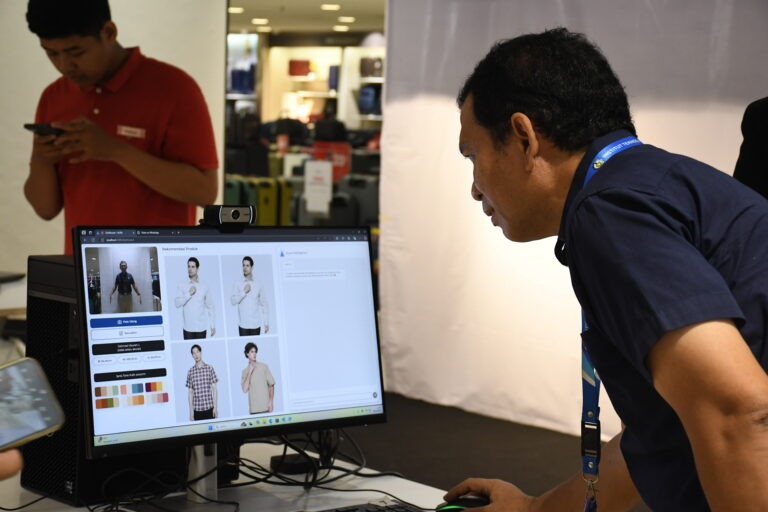
I was assigned to the Personal Colour Analysis team 😁. I implemented the pipeline from the customer face taken to output the customer's skin tone utilizing Python!🐍. I use Google Face Landmark to extract some of the features from the face to be used, and I implemented the white balance to correctly extract the colors. There are 4 skin tones: warm, cool, summer, and winter, using the math formula and combining with fuzzy logic✨.
🖌️ Banner Designer
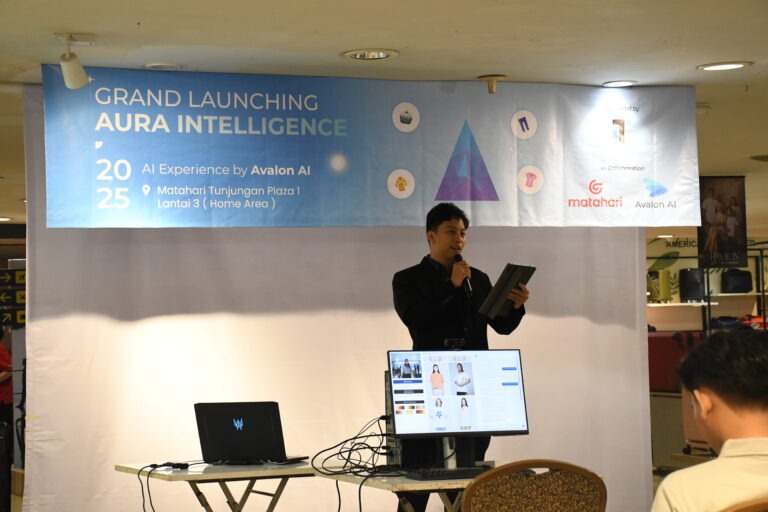
I am a bit of a designer too!🎨. I had the chance to design the banner for the live collaboration used in Matahari Department Store
What did I learn?
I learned many things, but the most important thing I got is summarized below.
🤖 Face Preprocessing
Face preprocessing is utterly complicated 😓, when I built the pipeline for the Personal Color Analysis it involved in 4 steps
- Customer face pose for the camera
- Google Face Landmark extracted important parts
- White balance Implementation
- Math formula and fuzzy logic
Steps 2-3 were not the problems; the 1st and 4th were. First, we need to ensure that the lighting is not too dark 🌑 or too bright ☀️ because it will affect how the WB works. The position also depends on how far the customer faces from the camera.
The fourth step is more "good" theoretically on paper 📃 rather than in implementation. Most of the skin tone still needs improvement, especially in summer and winter. We could improve if we had more data, time, and research ⌛.
Documentation
This is some of moments taken 📸
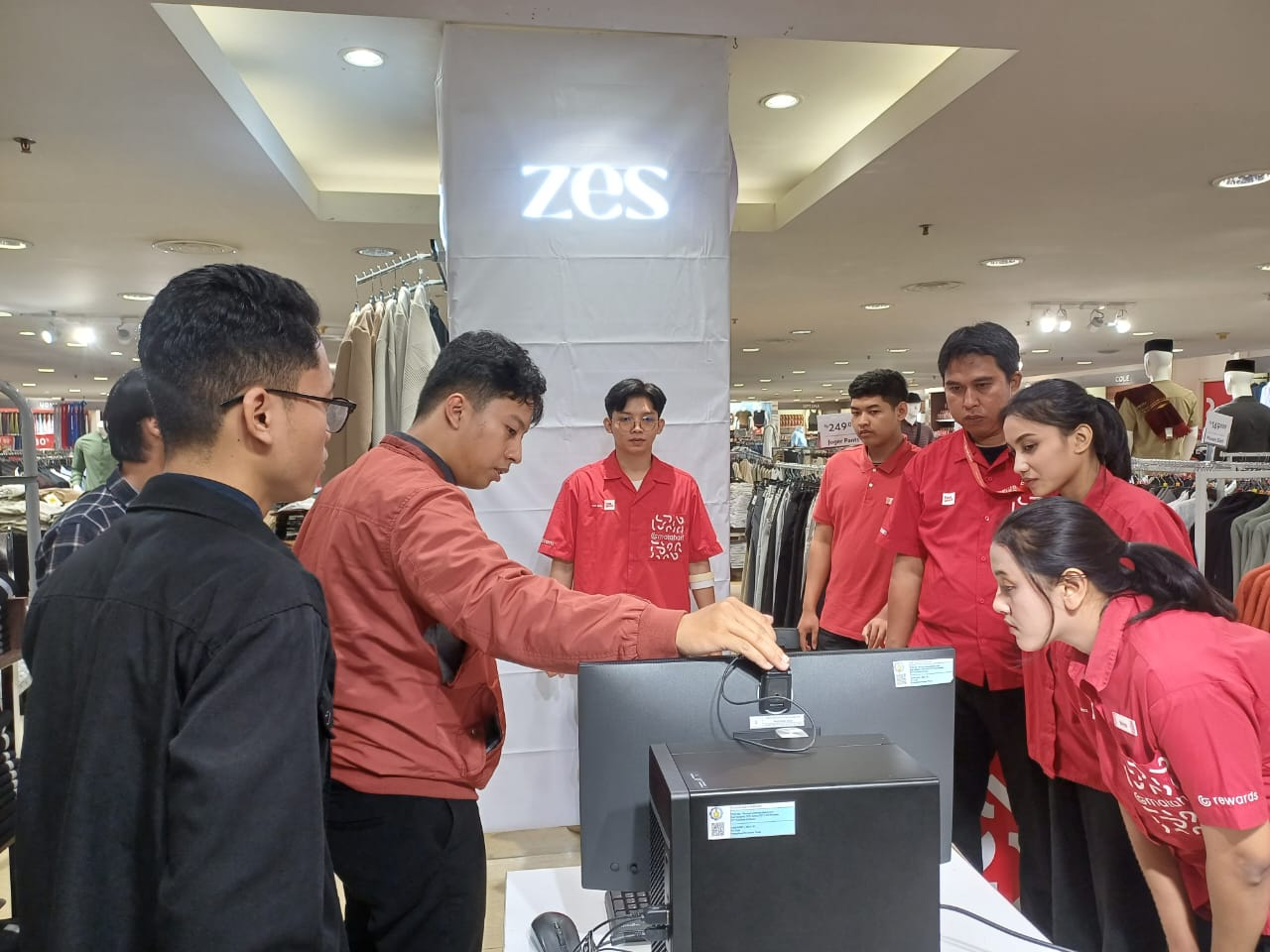
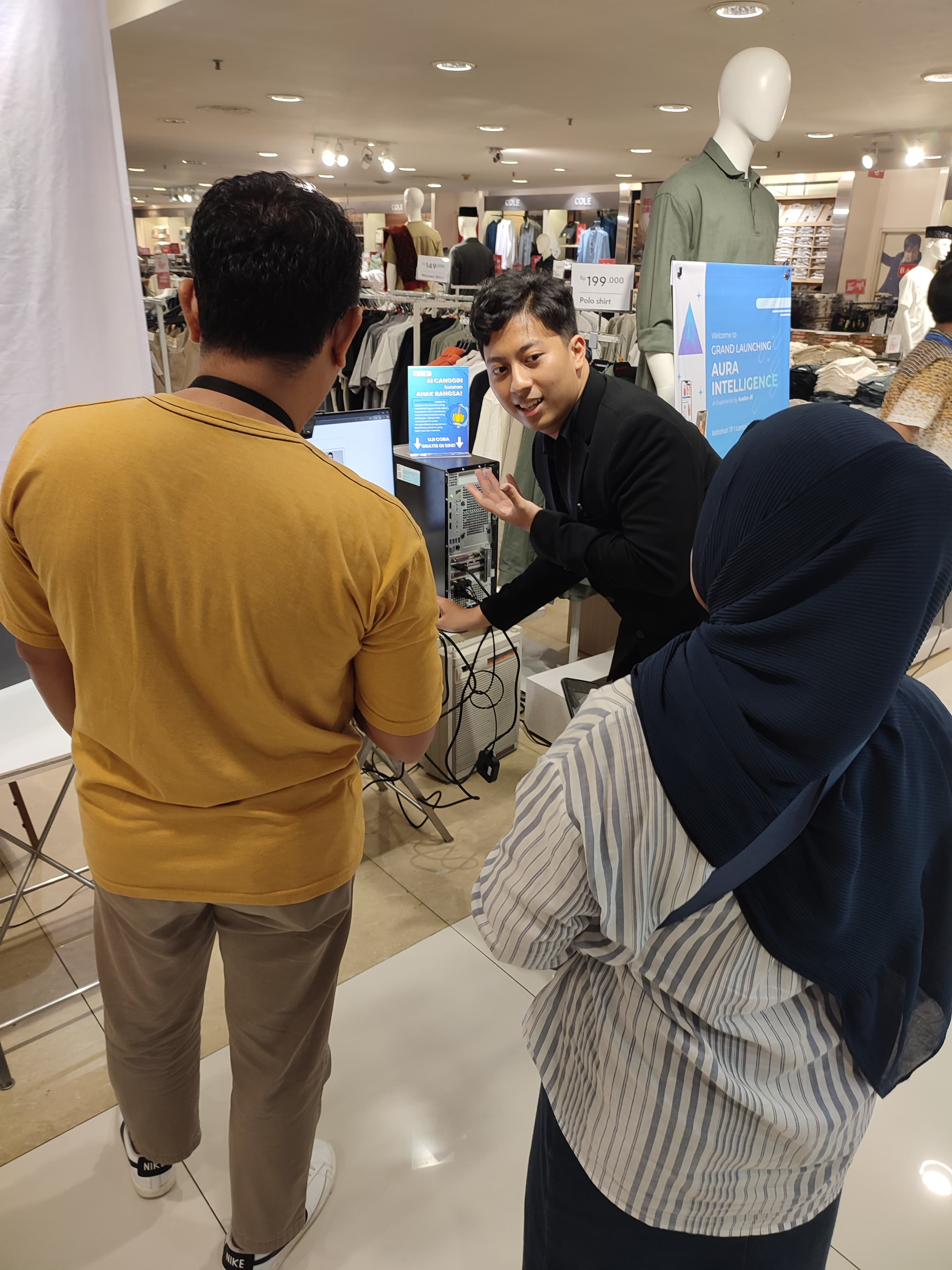
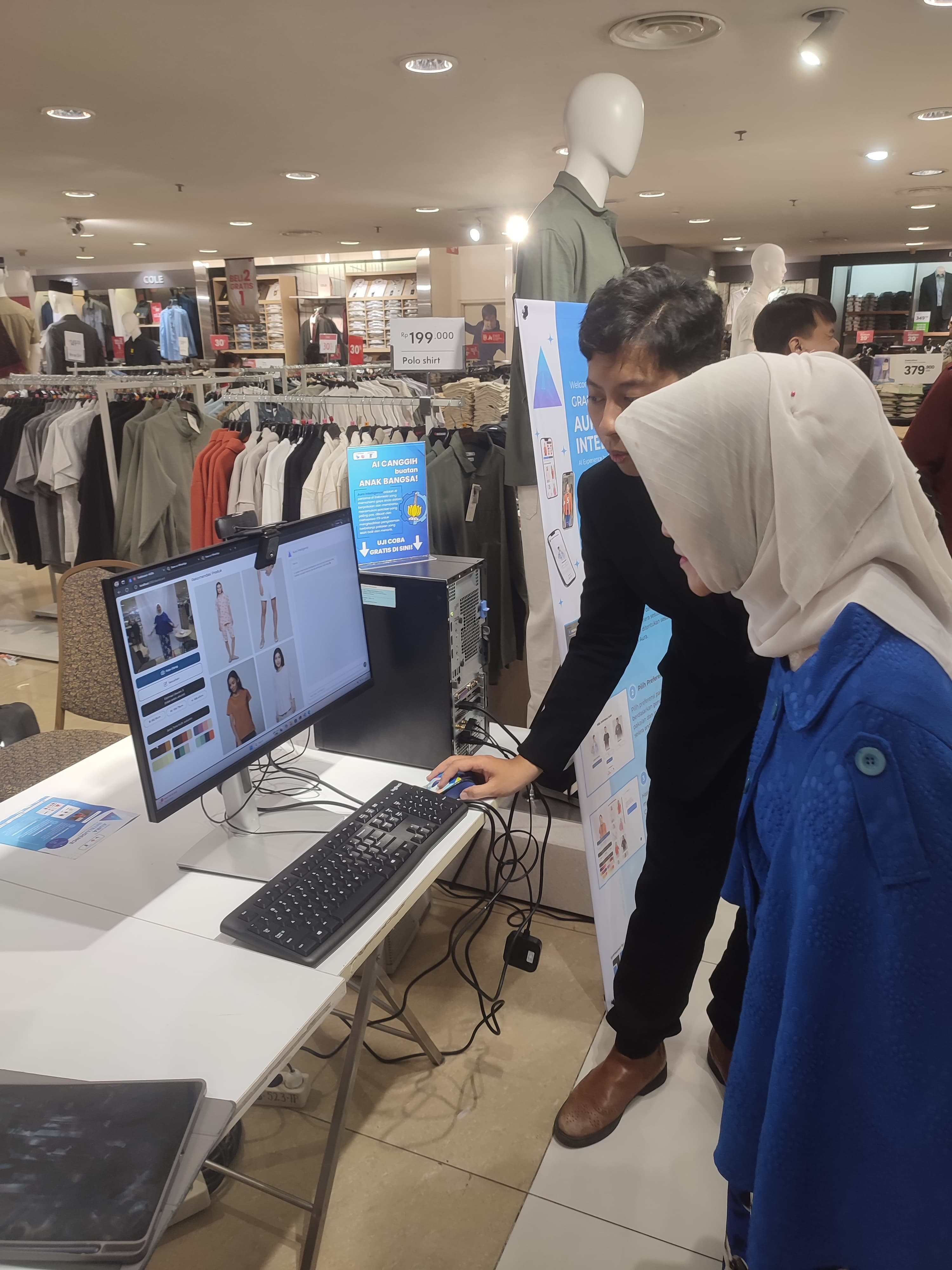
Conclusion
I was having fun doing this project, I learned more about Computer Vision 🙂 pipelining, and understood how certain areas of our faces 👨🦰 are capable of matching our outfits!🧢.

